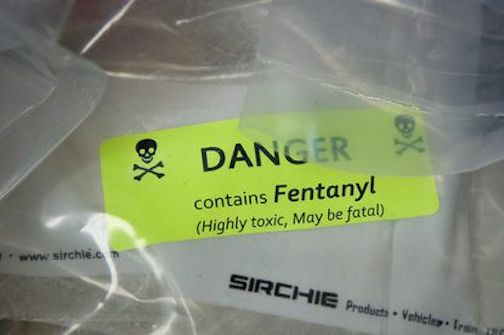Search for Oregon’s drug addiction ranking and buckle up.
Then search for Oregon’s ranking for drug addiction treatment.
The numbers are close: #2 state for addiction, #1 state for lack of addiction treatment.
Of all things to celebrate Oregon for, it’s not this.
The numbers come from the bottom of the barrel with a few scrapes.
The Medford Mail Tribune carries the same story carried by other sources:
The 2020 National Survey on Drug Use and Health shows Oregon is doing even worse than its poor showing in 2019, when it ranked fourth worst for addiction and was No. 47 for access to treatment.
In Oregon, 18.22% of residents 12 and older had an alcohol and/or drug use disorder in 2020, the national survey found.
Meanwhile, 18.08% of residents needed treatment at a facility for alcohol or drug addiction but didn’t get the care they needed, the survey said.
What kind of care do they need? The kind that saves lives.
I’ve been on both ends of care and see a difference.
As a family caregiver I saw my father in law abandoned by modern medicine. It happens.
I’ve seen death in a care facility and the ripple effect.
Even in the lead up to an ‘anticipated death’ people get jumpy wondering if they’ve done enough, too much, and if they should do more.
I saw my father in law’s struggle, and saw my mother in law struggling even more.
His anticipated death looked like it was killing her, too.
Someone needed to step up.
Drug Overdose Deaths Are Different Than Parkinson’s Disease
My father in law had Parkinson’s off the scale. Probably some pneumonia, too.
He was ready to go, but not his wife. She was a go-getting, can’t stop, won’t stop, force of nature.
But he was taking her down. So I propped them up. For five years I went to all the appointments, balancing it with husband and father duties.
I was the meat in the Sandwich Generation. Maybe you’ve heard of it; maybe you’re in it, too.
The thing is, we know how the caregiver story ends before we start: No cure, with anticipated death via falling or choking.
The man needed close supervision to thrive, and he thrived incredibly well.
2
I’m currently ending the my first week after hip replacement surgery.
The pre-surgery prep was online with a few meeting ahead of time. I met the doctor just before we got started. He looked like he’d just washed up after the last one.
I watched people get wheeled past my room in the kind of bed I was in. That would be me in no time.
Since I’d checked all of the boxes, I got the low-risk surgery and made it home before happy hour.
By following instructions carefully, and sharing the entire ordeal with wife and kids who hounded me to get it done, I’m bound and determined to see this through to the anticipated outcome: a good hip and steady gait.
All of the post-operative instructions link to the daily ‘check-in’ with reminders to eat nutritional food and do exercises every hour, then lay back down.
I’ve got a wife-coach, kid-coaches, a nurse-coach, a mom-coach, and a baby-coach.
They are the sort of coaches needed for brittle drug addicts.
3
What kind of a coach does a drug addict who wants to get clean get? Their dealer?
I talked to a heroin addict about being a drug addict.
“So you shoot up? Then what?”
“You don’t get it do you. That’s the problem, people just don’t get it.”
“Maybe you could tell me what I don’t get?”
“We get high, then we make plans to get high again.
“That’ it?”
“That’s everything. That’s the life, the beginning, middle, and end. All of it.”
Who Needs Drug Addiction Treatment
Oregon ranks No. 1 in illicit drug use disorder, with 9.04% of people 12 and older struggling with drug addiction in 2020, the survey found.
Some people face both drug and alcohol addiction, so the partial overlap creates a drug and/or alcohol addiction total of 18.22% of Oregonians 12 and older. That is the figure that puts Oregon in the No. 2 spot for substance use disorder among states, according to the survey.
No matter how the data is accumulated, congregated, and applied, it adds up to the same thing: Oregon’s got a drug problem on both ends of the street.
Imagine how parents live day to day knowing their kid lives in a shooting gallery house in a nice neighborhood with regular ambulance visits.
Don’t kid yourself about the parents. You know them. You just don’t know them well enough. Drug addicted men and women in their thirties don’t all come from some media conjured hell-hole of abuse and neglect.
Sometimes they come from next door, sometimes from inside the family. No one wants them to join the statistics of drug related death.
How could that happen?
Dealers have been adding potent, often-deadly fentanyl to heroin, meth, cocaine and counterfeit pain pills, fueling an overdose epidemic that killed a record 100,306 people in the U.S. for the 12-month period that ended in April 2021, according to federal Centers for Disease Control and Prevention.
That’s how.



